Photo: Courtesy of Shutterstock / McCarthy's PhotoWorks
I was struck by the question that Paige Johnson asked at the recent round-table discussion: Risk-Benefit: Balancing Creativity and Concern in Playground Design held at CUNY, “Are we entering a post-playground era?” Since I wasn’t at the event, I won’t attempt to suggest what Paige meant by her question. I would, however, like to use her question as a point of discussion.
Historically, most children’s play occurred in the open countryside, vacant lots, riparian corridors and even streets and doorways. Going to the playground was fun but not where most play happened.
Increasingly over the past decade the ability for kids to play in and around their neighborhood has been vastly diminished. To get a full picture of this change in society and the child’s access to play see the recent article by Hanna Rosen, The Overprotected Kid.
The current playground design paradigm is largely focused on active play conducted in a cocoon of safety features. While the intent behind this design standard was noble, and being able to play on a playground without sharp edges, entrapments, and other hazards is a really good thing, we are increasingly coming to understand that kids need to have much wider types of experiences and more independent play.
Is the Playground Dead?
In order to answer this question we need to explore the kinds of play settings that are currently available. In order to identify the opportunities for innovation we need to take a realistic look at the current options for creating playgrounds.
Merely for purposes of this discussion I’d like to suggest that there are three general categories of play spaces:
1. “Industry” playgrounds
2. “Art” playgrounds
3. “Pop-up and natural” playspaces
Playgrounds as an “industry”
If you are a city or a school wanting to install a new play structure, there is a very narrow path that you must travel. The whole process of design, purchase, and build is so constrained by procedures, regulations, standards, and fear of litigation that little that is creative or innovative is possible.
The playground industry is a model of efficiency. If you ever get a chance to tour a factory, don’t miss it, as you will be amazed. The modern factory is not a building where people make things; rather it is a wall-to-wall machine, without a bit of wasted space, totally dedicated to manufacturing what they already produce. There is very little space or incentive for change.
Over the last decade the domestic playground industry has suffered more than most with the downturn in the economy. The vast majority of play equipment sales come from school districts and park departments who have been financially devastated and had to cut to the bone.
The playground equipment business has weathered hard times before. The typically long lead times that take several years to go from project funding to completion have generally helped smooth out the ups and downs. The market has also benefited by several massive retrofits for safety standards and accessibility compliance that required the wholesale upgrading of playgrounds.
The current play equipment market, however, is like nothing we’ve ever seen before because of slumping sales. There is massive over capacity that will have to be liquidated. Large domestic producers have been able to hold their own to some extent by their robust regional sales networks’ ability to reach the market which off-shore producers have difficulty duplicating and by the barriers created by the requirement of ASTM certification. In the U.S. market, while the ASTM was been a plus, it has also meant that the industry cannot easily innovate their way back to profitability.
In the EU it’s a somewhat different story. The 2008 revision of EN1176 standard has created a significant shift towards an understanding of the inherent risk in play. This new perspective is allowing for much more innovation than we are seeing here in the States. Mogens Tom Jensen largely authored the revisions to the standard and you can follow the EU news at his blog.
The economic downturn has also meant that the rapid expansion of suburban communities, with the new parks and playgrounds they install, has ground to a halt. In urban environments the value of land means that there are very few new parks, and most projects are retrofits or remodels of existing spaces using “new types” of playground equipment like accessible equipment, outdoor fitness apparatus, parkour equipment, etc.
While the industry is under unprecedented stress, that does not mean it will suddenly, or ever, disappear; it will get smaller with fewer domestic suppliers. Of course, there will always be a market for swings and slides, but given the market conditions and the history of the industry, don’t expect sweeping innovation. Basically, what is available today will also be the playground equipment of tomorrow.
From a Child’s Perspective
For kids the neighborhood playground is a favorite place. These days few children in the U.S. are allowed to venture to playgrounds without parents, so visits have to be planned and orchestrated. While less true in Canada, New Zealand, and Australia, the trends there indicate they may be headed down this same path.
Given these trends kids often play with mom and dad as much as with other kids. The predominate type of play on industrial equipment is active. If the park or school is very progressive, you may find some sand play, and if parents bring sand toys, there will be lots of constructive and social play. Because of security concerns, there is unlikely to be any spaces on a typical playground that provide a sense of enclosure.
Playgrounds as Art
At the start of this blog I mentioned Paige Johnson. No one has done more to advance the notion of playgrounds as art than Paige on her outstanding blog, Playscapes. As I have observed her collection, as well as other sources, there are several broad categories into which these artistic environments can be grouped. Without trying to be to exhaustive or rigid about these types, it is easy to recognize 1) play sculptures done by qualified artists, 2) unique environments created by landscape and other designers, 3) children’s museums and zoos and commercial venues, and 4) folk/community art. There are also a few small play equipment type companies such as Rocks and Ropes and Scientific Art Studio in the U.S. and Monstrum and Sommer-Larsen in Denmark whose play products can justifiably be viewed as art.
Perhaps we should really call this category “playground-as-monument,” for all of these artistic play settings share a common thread, they are created to an extent for making a physical expression about how a community views itself. As Mogen Tom Jensen has pointed out, it is too often the case that the desire to have a monumental and unique play space may even override concerns for standards compliance.
 Playground-as-monument goes back to earliest days of public spaces in which statues were erected to honor important people. With the advent of suburbia, the public square was augmented with neighborhood parks and the traditional general on horseback was replaced with rocket ships made from pipes to express the communities desire to be seen as part of the space age. As urban planning began to dominate city development, parks provided a palette for designers and a venue for public art.
Playground-as-monument goes back to earliest days of public spaces in which statues were erected to honor important people. With the advent of suburbia, the public square was augmented with neighborhood parks and the traditional general on horseback was replaced with rocket ships made from pipes to express the communities desire to be seen as part of the space age. As urban planning began to dominate city development, parks provided a palette for designers and a venue for public art.
If anyone doubts that playgrounds can be created as signifying the identity of a community, they need only look at the intense reaction of many community members to what are perceived as controversial designs. Members of the community can make it very clear that playground as art does or does not represent them.
From a business perspective playground art could not be more different from an industrial playground. There are no highly automated factories, sales representatives, or catalogs. Cities typically buy artistic installations on “genius” contracts, which allow for a single supplier rather than lowest bid. Of course, these artists and designers must adhere to the relevant standards for safety but compliance is generally conducted by Certified Playground Safety Inspectors, which is a far less rigorous process.
The providers of artistic play settings tend to fall into two types: one-off producers and large “set-design” firms. Since art is supposed to be unique, it is not surprising that most of the artists make only a few playground designs rather than a single design that is reproduced in many places. Those companies that create installations for museums, zoos, and commercial venues tend to become large since these projects require many highly trained artisans, which in turn require a lot of organizational support and facilities. Because of this overhead, set design type firms tend to focus on multi-million dollar projects.
From a Child’s Perspective
Unless they live adjacent to the venue, for kids the majority of “art” playgrounds are destinations that are visited perhaps only once or at the most annually. These places can be memorable and even educational. Because most children visit these spaces infrequently, the typical behavior seen here is mostly of an exploratory nature rather than the creative play such as games and inventive uses of equipment that these same children will display in the frequently visited neighborhood playground.
“Pop-up and natural” play spaces
I’ve grouped pop-up and natural styles of play settings into the same category because they share many of the same attributes and goals. Primary among these is the emphasis on independent play. Generally speaking, these venues de-emphasize the built environment and focus on making hands-on resources available to kids. Rather than providing a venue for adult creativity as in the art playgrounds, here the child’s creativity is highly prized. On pop up and natural play spaces constructive and social play are the dominant forms of play in contrast to industrial play settings where the focus is on active play.
While sharing many goals, these two approaches have their own unique design challenges. Nature play settings have to contend with the fact that living things don’t tolerate a lot of physical handling; turn over a rock to find insects and the insect population may not recover for weeks. Too many feet will kill any natural ground cover. I have always maintained that for a place to be sustainably natural, the density of children using the space should be no more than one child per acre. While such low density might be attainable in a summer camp, it is clearly very difficult in most neighborhoods; creative design and plant selections can help reduce the impact of heavy use.
Because natural settings are scarce in the urban environment, the nature play movement must either focus on field trips or develop design and maintenance standards that mitigate the population pressure of lots of little enquiring minds. One of the best examples of this approach is the work of Nancy Striniste at EarlySpace. Nancy’s practice has largely been in early childhood education centers, and the support of enthusiastic staff has helped her achieve wonderful results. Perhaps the best-known design firm to tackle the challenges of using more natural elements has been the MIG firm in Berkeley. Grounded as they are in the exemplary vision of Robin Moore, MIG has had success in guiding its clients in the process of “naturalizing” their properties.
While nature advocates have the conundrum of nurturing living things in high traffic areas, pop-up play has an entirely different set of challenges. Generally speaking, pop-up play is not really an environment. Indeed many of the venues are quite transitory, which requires the advocates to deal with materials acquisition, transit, storage, and clean up. The preeminent organization in this area is Pop-Up Adventure Play. They have refined this concept to the nth degree and have as a result created a durable business.
At the other end of the independent play idea are companies such Imagination Playground, whose modular blue foam bocks are becoming quite widely accepted. Since their venues tend to be permanent, the main challenges they face are storage and cost.
From a Child’s Perspective
Whether using random loose parts or manufactured modular elements, kids love the pop-up play settings. The projects support extraordinarily long play episodes with tons of social play and exceptionally high rates of language use. Natural play settings reproduce on a small-scale man’s evolutionary roots and are thus a perfect place for kids.
Stagnation
All of these types of play spaces will continue into the foreseeable future. It is my sense, however, that none of these approaches are in step with the rapid social, environmental, technological, and economic changes taking place worldwide.
In today’s “Googlefied” world, success is usually associated with an idea going “viral,” that is the new idea has to be massively scalable. The now traditional modular post and deck systems were successful in part because of scalability. However, as we have pointed out, the playground equipment industry has boxed itself into a corner from which it will be difficult to break free, so it is unlikely that it will experience the massive growth seen in years past.
Playgrounds as art, by its very definition will not scale. Independent play settings such as those with natural and loose parts play have the potential to scale, but because these are not yet in a form that can go viral, they will need more development before they can go mainstream.
The Hope for Innovation
I am convinced that few new ideas will grow out of the current playground creation paradigms. Does that mean that I am negative about the future for playgrounds? Quite the contrary, I think we will see some very interesting and impactful new playground concepts over the next decade. Next month I will begin to identify the current trends that give us a glimpse of the future of play and playgrounds.
Comments1



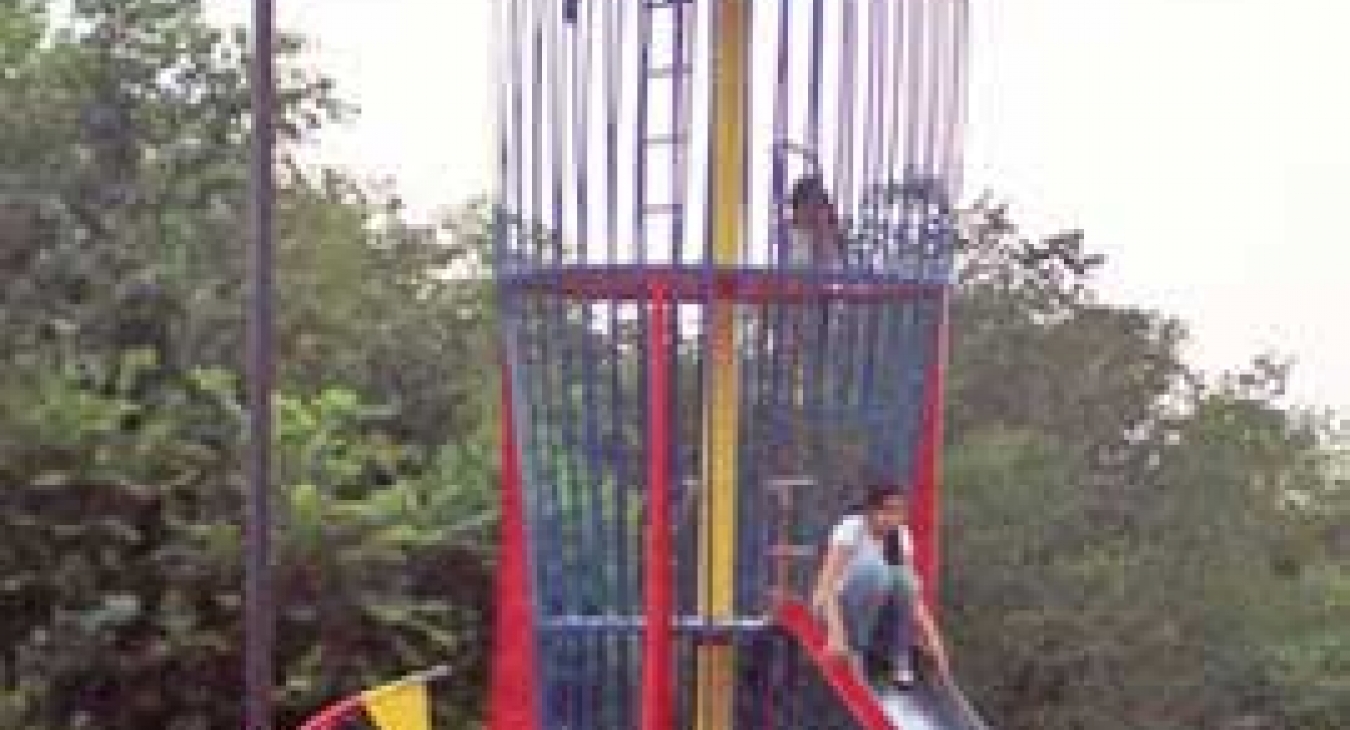
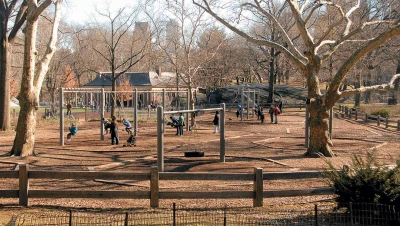
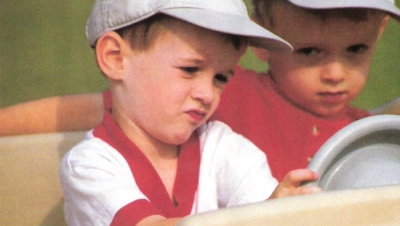
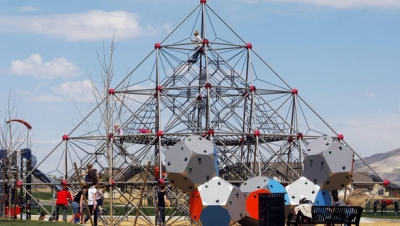






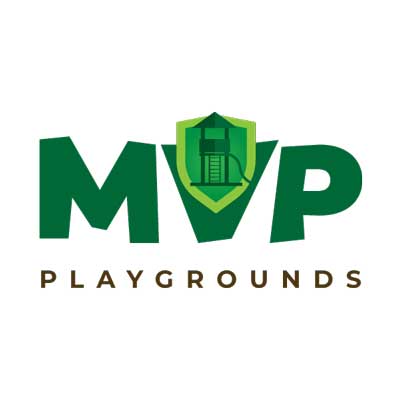
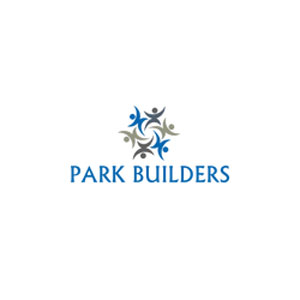
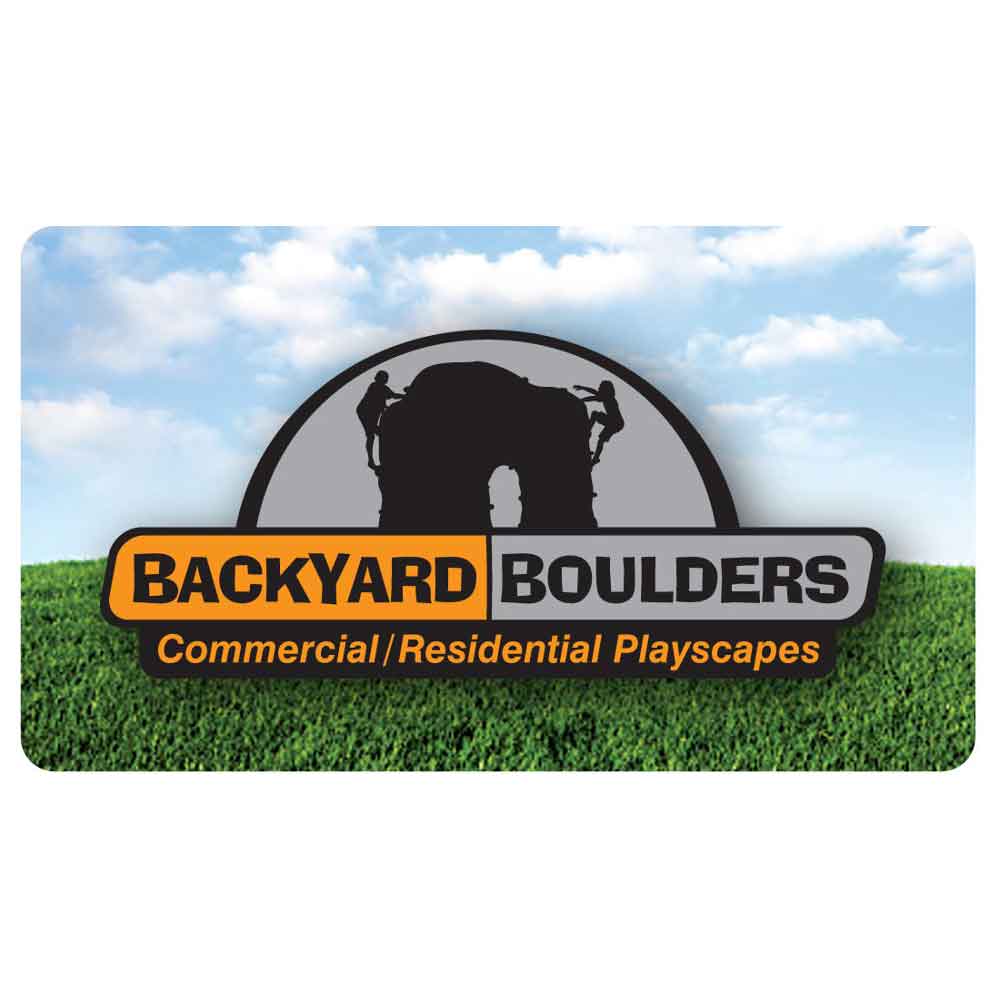
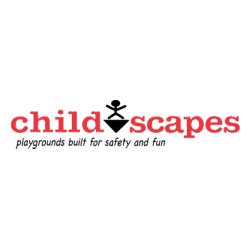
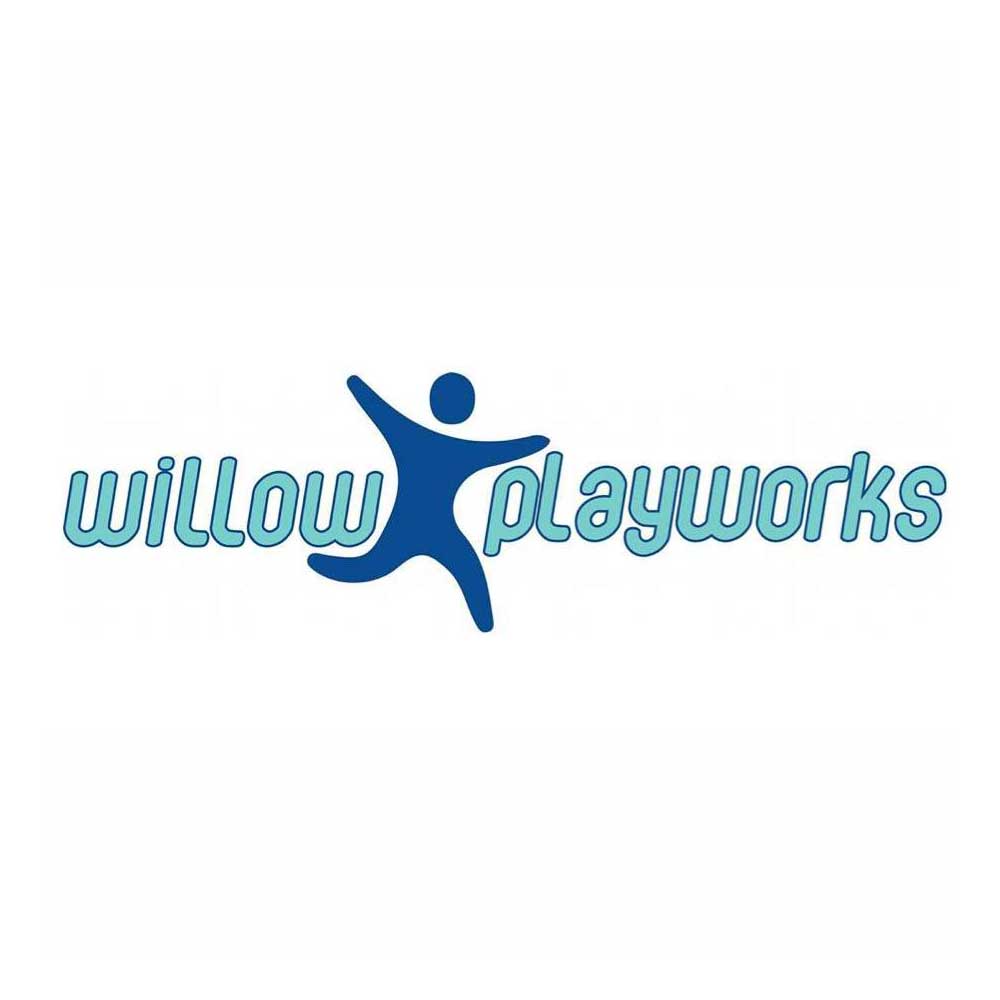
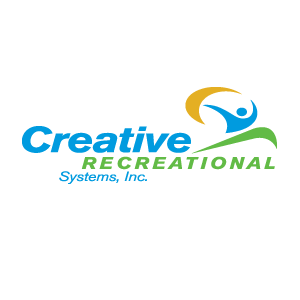

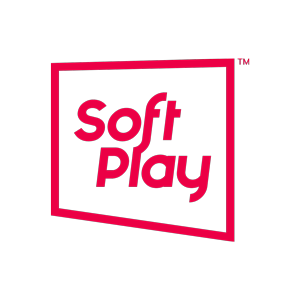
Manufacturers
I invite you all to visit Grounds For Play in Mansfield, Texas. We are a design/build firm that specializes in creating whole environments for the whole child and as such we "make" a lot of things ; and by "make" I mean "by hand", "one at a time" and often "one off" items designed to address a particular need of a particular customer. I believe part of the difference between us and other manufacturers is that Grounds For Play was founded based on my early childhood education background. Real play is not about the structure: it is about the environment.
Blended approach to play
I would argue that the playground industry as a whole is focusing on innovative designs that are alternatives to the typical "post and platform" type structures. While there are limitations, I have seen more structures that include ropes and other climbing elements that you typically see on European playgrounds. The ultimate challenge for any playground design is making sure it gets kids excited to play on, but also provide enough of a challenge that it is not mastered in a single play session. We want kids to come back and stay longer at the playground. Playgrounds that do not provide challenge (ie. risk) are less likely to encourage kids to come back time and time again.
I also think that having a combination of a playground structure and loose parts is optimal for a play environment. While this is not always possible, it would certainly make for a play environment that would get kids excited and want to come back and stay longer.
Add new comment